normal end tidal co2 levels
The level of CO 2 gradually rises during exhalation showing an approximate equalization with the CO 2 value in alveoli in the lungs hence the phrase end-tidal. Normal minute ventilation about 200 mlkgmin for dogs and cats in conscious animals.
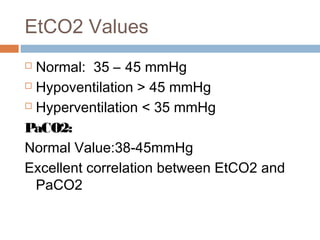
Etco2 In Non Intubated Patient A Must In Ed
Forty-six of 96 48 95 confidence interval CI 38 58 patients had abnormal ETCO 2 values including.
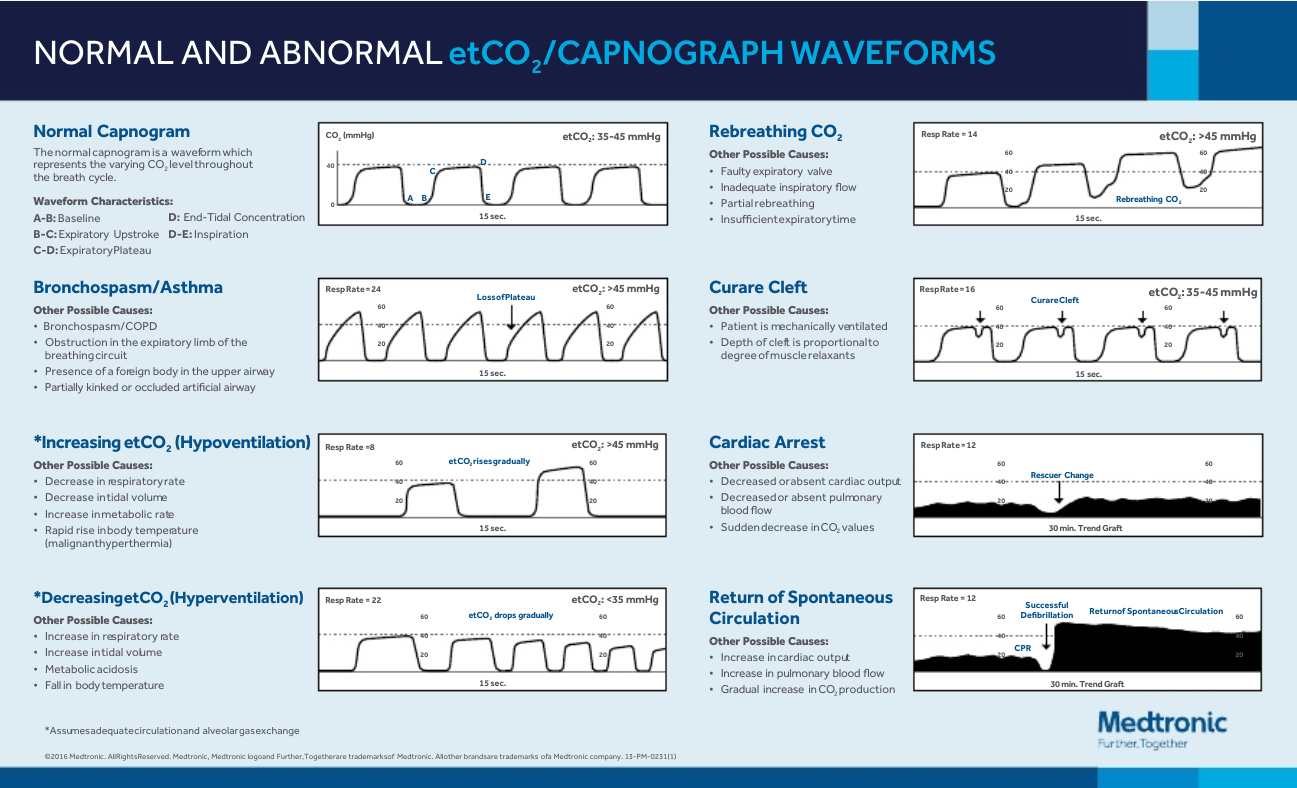
. End-tidal CO2 EtCO2 monitoring is a noninvasive technique which measures the. SS-ETCO2 measurement and arterial blood gas analysis were carried out on 118 patients. End-tidal carbon dioxide ETCO 2 is the level of carbon dioxide that is released at the end of an exhaled breath.
The number is called capnometry which is the partial pressure of CO 2 detected at the end of exhalation. Thirty-nine patients referred to our sleep laboratory because of. The purpose of the present study was to determine the value of end-tidal CO2 EtCO2 in screening for sleep apneas.
Mean arterial PCO2 levels were 43241473 and mean ETCO2 levels were 34231086 mmHg. Levels of end-tidal carbon dioxide are low despite normal. 2 to near normal normal EtCO 2 35-45 mmHg represents marked increase of CO 2 delivery to lungs suggesting ROSC If patient develops an organized rhythm after VFVTasystole check.
At the end of exhalation or end-tidal CO2 ETCO2 the amount of CO2 is usually 35-45 mm HG. The median ETCO 2 value was 32 mmHg IQR 27 38 mmHg range 18-80 mmHg. ETCO 2 levels reflect the adequacy with which carbon dioxide.
What is the normal range for end-tidal CO2. Levels of end-tidal carbon dioxide are low despite normal respiratory rate in individuals with long COVID. Normal EtCO 2 levels range from 30s and 40s but this may vary based on the patients underlying respiratory and metabolic status.
Repiratory rate AND depth tidal volume which determine minute ventilation and therefore arterial CO2. Knowledge bank By Perfect answer. For a person with normal lungs the difference between end tidal and Paco2 can vary between 5-8mmHg depending on the book your reading.
This is an example of capnography during CPR. So the short answer is you are. These values are approximately 14 the normal EtCO2 35-45 mm Hg and ideal CPR will provide at least 14 of cardiac output.
Although the normal range for CO2 should be between 35-45mmHg CO2 monitoring gives healthcare providers a lot more insight into what is going on with a patients condition. EtCO 2 levels that rise from a normal baseline. End tidal CO 2 monitoring is represented as a number and a graph on a monitor.
Table of Contents.

End Tidal Carbon Dioxide As A Predictor Of The Arterial Pco2 In The Emergency Department Setting Emergency Medicine Journal
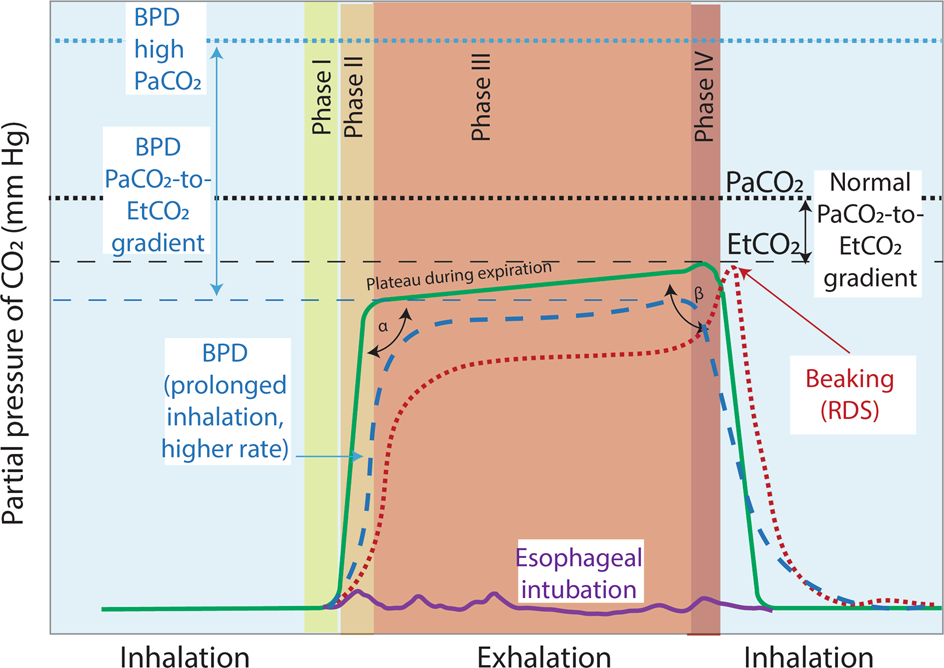
Non Invasive Carbon Dioxide Monitoring In Neonates Methods Benefits And Pitfalls Journal Of Perinatology

Sar Helicopter Paramedic Practice Etco2 Measuring To Assist With Cpr Attempts Journal Of Paramedic Practice

End Tidal Capnography Can Be Useful For Detecting Diabetic Ketoacidosis Monitoring Copd Acep Now
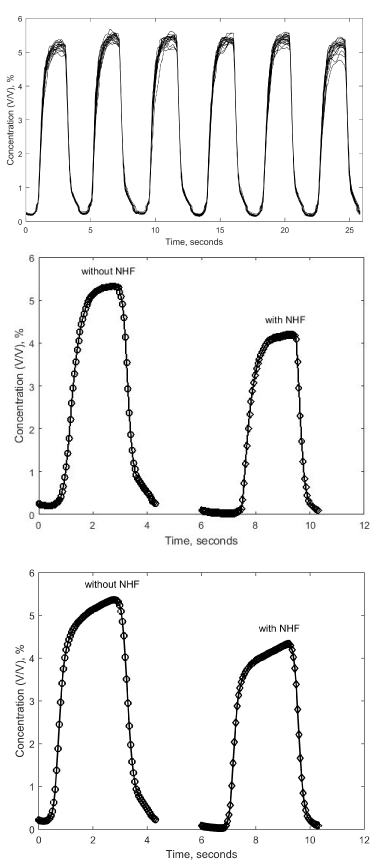
Effect Of Variation In The Copd Breathing Flow Pattern On End Tidal Co2 Tension An In Vitro Study

Basic Capnography Interpretation Nuem Blog

Quantitative Waveform Capnography Acls Medical Training

Basic Capnography Interpretation Nuem Blog

Transcutaneous Co2 Versus End Tidal Co2 In Neonates And Infants Underg Mder
The Normal Capnograph Waveform Deranged Physiology

Capnography Vs Spo2 The Difference Could Be Life Changing

Solved 10 For The Following Data End Tidal Co2 Levels Were Chegg Com

Capnography In The Pediatric Emergency Department Clinical Applications
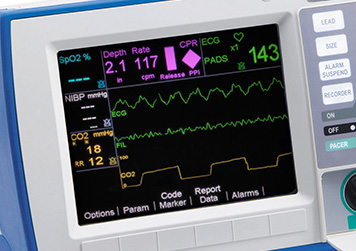
End Tidal Co2 Etco2 Capnography For R Series Zoll Medical

Diagram Of A Normal Capnogram That Includes The Inspiratory And Download Scientific Diagram
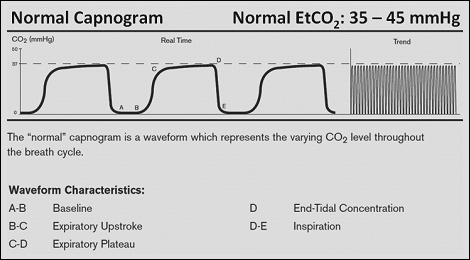
R Series Advanced Monitoring Capnography Waveforms Zoll Medical

Waveform Capnography In The Intubated Patient Emcrit Project
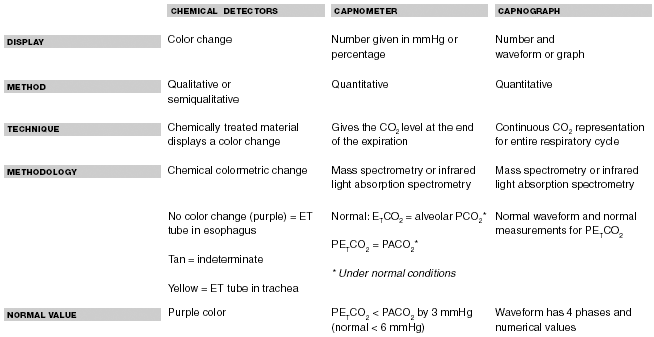
End Tidal Co2 Monitoring Noninvasive Respiratory Monitoring For The
